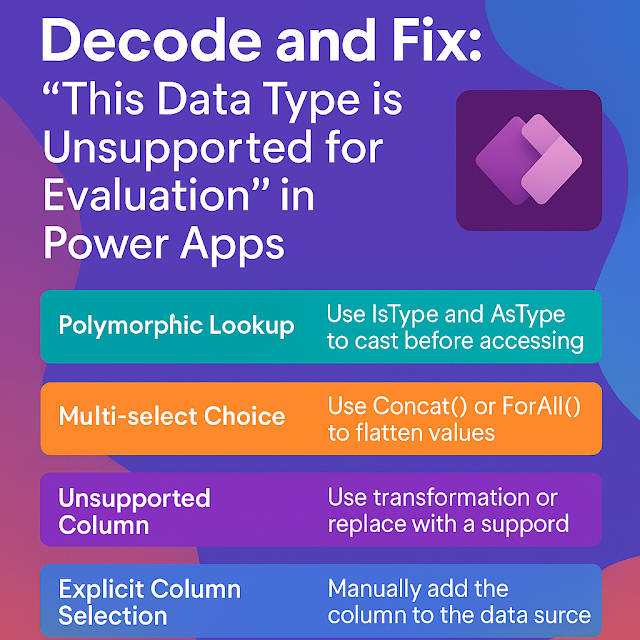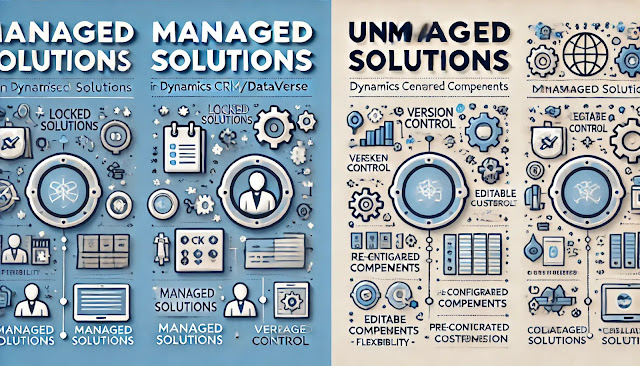Dynamics 365 Field Service : Configure and manage schedule boards, including customizing views
In the world of field service management, scheduling is everything. You need the right technician, at the right time, with the right tools and skills — delivered efficiently to meet customer expectations. That’s where the Schedule Board in Dynamics 365 Field Service comes in.
This powerful visual tool allows dispatchers and schedulers to view, manage, and optimize technician schedules, bookings, and resources in real-time. But beyond its out-of-the-box capabilities, the Schedule Board can be deeply customized to match your organization’s workflows and preferences.
In this post, we’ll explore:
- What the Schedule Board is
- How to configure it
- How to manage resources and bookings
- Customization options for different views
What Is the Schedule Board?
The Schedule Board is a core component of Resource Scheduling in Dynamics 365 Field Service. It's a drag-and-drop, map-enabled, timeline-based interface that provides a consolidated view of:
- Resources (technicians, vehicles, equipment)
- Bookings (work orders, cases, custom entities)
- Resource availability
- Travel time and route optimization
The Schedule Board helps dispatchers allocate the right field resources to work orders quickly and efficiently.
How to Configure the Schedule Board
1. Access the Schedule Board
- Go to:
- Field Service > Schedule Board
You’ll see a default view of resources grouped by territory or organizational unit.
2. Understand the Layout
- Left Panel: List of available resources
- Top Timeline: Bookings across time slots
- Map Panel (optional): Route and work location visualization
- Filter Panel: For narrowing down resources by territory, role, skills, etc.
3. Configure Settings (Admin/Dispatcher Role)
- You can access the Schedule Board settings by clicking the gear icon ⚙️ on the board or navigating to:
- > Resource Scheduling > Administration > Schedule Board Settings
From there, you can:
- Define filters (e.g., work order types, territories, skills)
- Configure resource cell templates
- Enable/disable booking alerts
- Set map settings and colors
- Set default time zone and refresh rates
Customizing Views on the Schedule Board
Customization lets you tailor the board for different dispatcher roles or regional needs.
1. Create a Custom Schedule Board Tab
Each tab represents a different view. You can define:
- Resource filters (e.g., only show North Territory)
- Booking requirements filters
- Map configurations
- Time ranges (e.g., work week, day view)
Steps to Create:
- Open Schedule Board
- Click + New Tab
- Name the tab (e.g., "East Zone Dispatcher")
- Define filter criteria
- Save and test your view
2. Customize Resource Cards
Resource cards show vital information about the technician:
- Name
- Roles
- Availability
- Skills
You can modify the resource template using custom JavaScript (within limits) or change layout via Resource Cell Template settings in Schedule Board Settings.
3. Customize Booking Templates
Booking templates define how a booking appears on the board. You can change:
- Text format
- Color (based on status or priority)
- Icons (e.g., warning, alerts)
This helps dispatchers quickly identify urgent or problematic bookings.
4. Use Booking Alerts
Enable alerts to notify schedulers when:
- A booking overlaps with another
- A technician lacks the required skill
- A work order is not completed in time
Alerts improve visibility into scheduling conflicts or risks.
Conclusion
The Schedule Board in Dynamics 365 Field Service is more than a calendar — it’s a dynamic, customizable dispatching hub that can be tailored to the specific needs of your organization. With the right configuration and custom views, you can empower your dispatchers to manage resources with precision, reduce downtime, and delight your customers.












Comments
Post a Comment